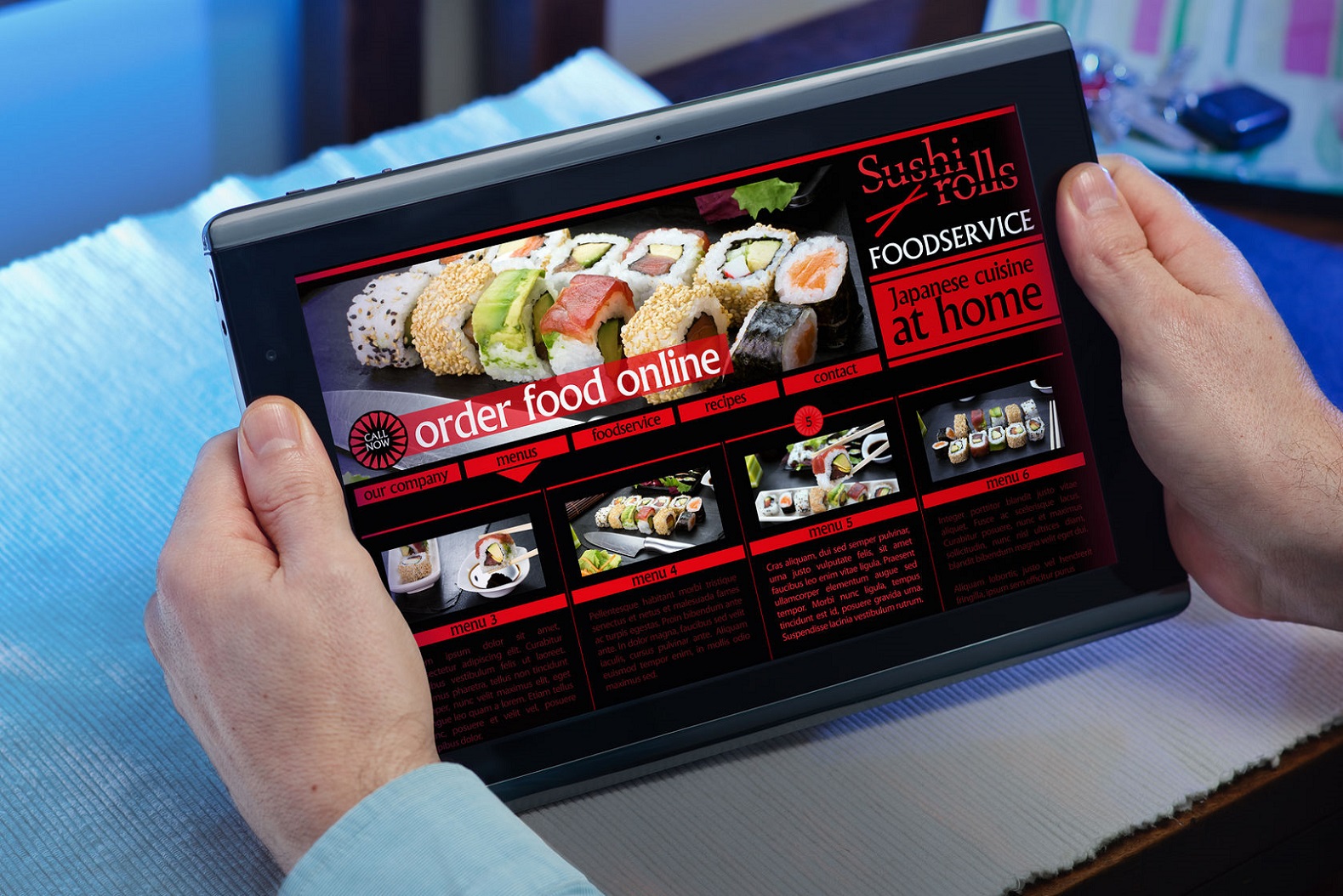Competition, demand, changing behaviour make food delivery the new normal: Page 2 of 2
By Anushia Kandasivam March 17, 2017
Costs and quality

Lim says that the option of food delivery has reduced the amount of time she spends cooking meals at home, as it is just so much more convenient to make a call or push a button. “However, it’s not always a cheap service and normally the cost is much higher compared to when you cook at home or even dine in at the restaurant itself,” she says.
But consumers are still willing to pay relatively higher prices to conveniently get meals they are unable to make themselves or get anywhere else. Jasbir Singh, owner of Garam Masala North Indian Cuisine in Klang, Malaysia, reveals that while the prices of delivery meals from his restaurant are higher than the prices of dine-in meals to enable the business to cover the delivery and packaging costs, it has no effect on the number of delivery orders the restaurant gets.
Jasbir was approached by foodpanda some months ago to make his restaurant part of the marketplace but he refused, citing the large discount in price that foodpanda requires its restaurants to provide as a deterrent.
Instead, he decided to leverage on the restaurant’s popularity with existing customers to drive delivery orders as well as being listed second on Trip Advisor’s list of best restaurants in Klang to get new dine-in and delivery customers. According to Jasbir it is the quality of Garam Masala’s food and the fact that the type of cuisine it serves is not widely available in the area that drives customers to it.
A unique value proposition certainly enables startups and restaurants to capture market share. Jasbir recounts a delivery where an Indian navy ship docked in Port Klang and its crew, craving for Indian food, searched online for a nearby Indian restaurant and found his. The crew put in a large order and was so pleased with the food that it continued to order three meals a day from the restaurant for several days until the ship sailed.
Filling the gap
Lim, Tan and Nadarajah all say that the type and range of cuisines offered by the various food delivery services are what drew them to use and keep using. Nadarajah adds that user experience with the app also influences his choices.
Weins’ (pic, above) perspective, however, is that service quality is most important to delivery companies – there is no point having great food if it arrives cold or late, or never arrives – implying that it is better to focus on the delivery aspect of the business rather than on serving unique foods.
“I’m not sure how many people would name Domino’s as their favourite pizza in terms of taste, but they certainly became a billion-dollar company through their promise of reliable delivery,” he says.
foodpanda also strives to offer its customers the best customer service; Lekka cites this as the key to success as it translates to great user experience. In foodpanda’s case, however, it is concerned with the experience of both users and restaurants.
Though small or privately-owned restaurants such as Garam Masala may find propositions such as foodpanda’s undesirable and find it difficult to scale to costs of delivery on their own, the digital economy still provides options; Jasbir, for example, uses Grab services to deliver, which at this point is still cheaper than hiring dedicated delivery staff.
For consumers, reliability is the key, whether it be in terms of food quality or delivery efficiency, as long as food delivery services are there to enable them to continue on with their day without the interruption of having to spend time finding a meal.
Related stories
Dah Makan raises US$1.3mil seed funding, kickstarts expansion
foodpanda sees strong growth, announces new key hires
Slow, measured execution by 4-year old startup, Delivereat, secures it US$450k
For more technology news and the latest updates, follow us on Twitter, LinkedIn or Like us on Facebook.



